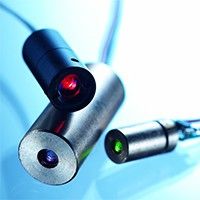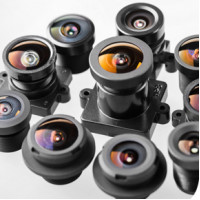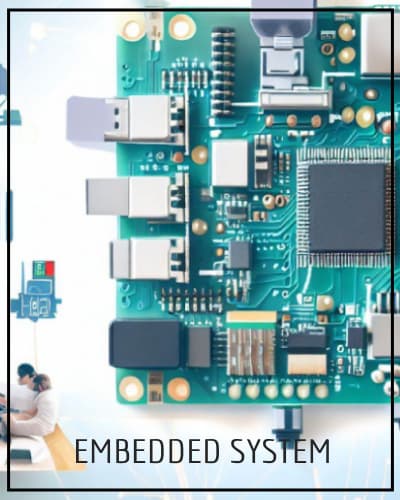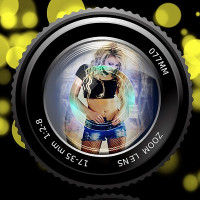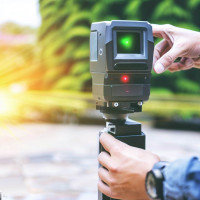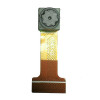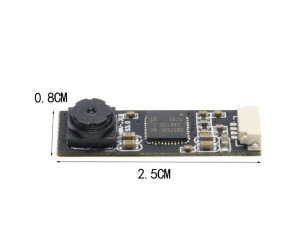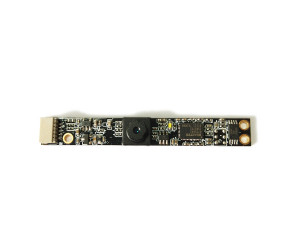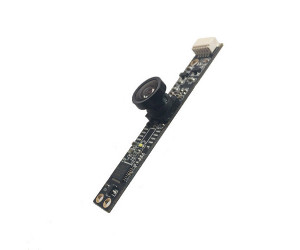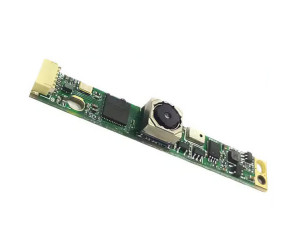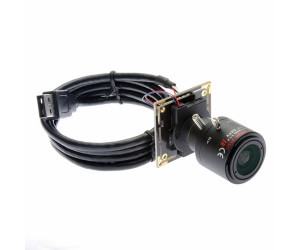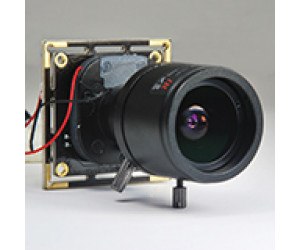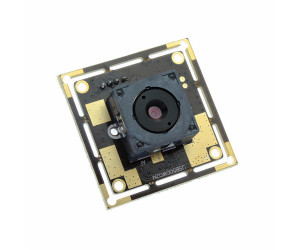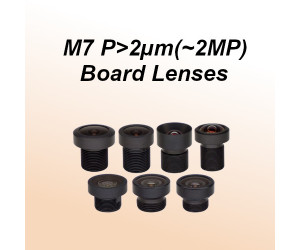Camera Module, Board Camera Naming Rule: USB Board Camera, MIPI Camera Board, Board Level Camera
| Product Code | Pixels | Frame Rate | Lens Size | Type | FL / FOV(D) |
| CM: | 03M: VGA | 15: 15fps | M5 | Q: Square | -FL2.1 |
| Camera Module | 1.3M (Mega) | 30: 30fps | M7 | L: Slender | -FL6 |
| MIPI Camera | 5M (Mega) | 60: 60fps | M12 | S: Small | -V60: 60° |
| 13M (Mega) | 120: 120fps | S: Special | M: MIPI | AF: Auto Focus |
As our optoelectronics integration and manufacture experience of camera lens and CMOS camera module, we have camera modules with different FOV camera lens module options for image processing, laser detection and video camera applications.
USB Camera Module, Board Camera: The USB board cameras adopt the standards of the USB interface, so they are easily expandable and adapted, also driver-free by the USB device standards. The USB camera module integrates the camera unit and video capture unit directly suitable for the image software or system applications.
CMOS Camera Module, Camera Board: CCM is more complicated as the interface MIPI or DVP and DSP is separated with the module, Using an adapter board and daughter-board to test and develop. The features of CCM include mini size, low power consumption, and low cost.
MIPI Camera Module: The CMOS camera module with the MIPI interface is high-performance, cost-effective for embedded applications.
Custom Camera Module, Board Level Camera and Sensor Module: Except the camera modules listed online, we also can custom made the camera module and sensor module as your requirements. You can visit custom camera module to review the introduction and customized requirements flow. Welcome your inquiry, please don't hesitate to contact us.
USB Camera Module, Board Camera: The USB board cameras adopt the standards of the USB interface, so they are easily expandable and adapted, also driver-free by the USB device standards. The USB camera module integrates the camera unit and video capture unit directly suitable for the image software or system applications.
CMOS Camera Module, Camera Board: CCM is more complicated as the interface MIPI or DVP and DSP is separated with the module, Using an adapter board and daughter-board to test and develop. The features of CCM include mini size, low power consumption, and low cost.
MIPI Camera Module: The CMOS camera module with the MIPI interface is high-performance, cost-effective for embedded applications.
Custom Camera Module, Board Level Camera and Sensor Module: Except the camera modules listed online, we also can custom made the camera module and sensor module as your requirements. You can visit custom camera module to review the introduction and customized requirements flow. Welcome your inquiry, please don't hesitate to contact us.
Camera module / Board camera customized process insight
With hundreds of camera module application, the standard camera modules can't meet each specific requirement, so customization process comes with necessity and popularity, the hardware and firmware modification, including module dimension, lens view angle, auto/fixed focus type and lens filter, to empower the innovation.
Non-recurring engineering completely covers the research, development, design for producing a new product. For saving the developing time and cost, IADIY provides the custom camera module service based on our standard camera module solution.
Customized requirements flow
- You can provide drawings or samples, as well as request documentation and developed by our engineering staff.
- Communication
- We will communicate with you in detail to determine somewhat product you need and try to set the most suitable product for you according to your needs.
- Sample Development
- Determine the details of the development sample and the delivery time. Communicate at any time to ensure smooth progress.
- Sample Testing
- Test and age on your application, feedback test results, no need to modify, mass production.
Questions you should ask before customized a camera module or board camera
What are the requirements?
The USB camera module must have the following requirements. They are the most important components which add photo clarity and good working principle. The components are well specified by connecting via CMOS and CCD integrated circuit. It must work according to user requirements and acts as a user-friendly camera option. It will connect with lots of things that add a perfect solution for camera requirements for USB connection.
- Lens
- Sensor
- DSP
- PCB
What resolution do you want from a Camera Module / Board Camera?
Resolution is a parameter used to measure the amount of data in a bitmap image, usually expressed as dpi (dot per inch). Simply put, the resolution of the camera refers to the ability of the camera to analyze the image, that is, the number of pixels of the image sensor of the camera. The highest resolution is the size of the camera's ability to resolve images at the highest, the highest number of pixels in the camera. The current 30W pixel CMOS resolution is 640×480, and the resolution of 50M-pixel CMOS is 800×600. The two numbers of resolution represent the units of the number of points in the length and width of a picture. The aspect ratio of a digital picture is usually 4:3.
In practical applications, if the camera is used for web chat or video conferencing, the higher the resolution, the greater the network bandwidth required. Therefore, consumers should pay attention to this aspect, should choose a pixel suitable for their own products according to their needs.
The Field of view angle (FOV)?
The FOV angle refers to the range that the lens can cover. (The object will not be covered by the lens when it exceeds this angle.) A camera lens can cover a wide range of scenes, usually expressed by angle. This angle is called the lens FOV. The area covered by the subject through the lens on the focal plane to form a visible image is the field of view of the lens. The FOV should be decided by the application environment, The larger the lens Angle, the wider the field of view, and vice versa.
Board Camera Dimension for your application
The major parameters that have been calculated with the camera module are the dimension, which varies the most for different requirements depending on size and optical format. It has a field of view and focal length for accessing with object dimension calculation. It involves back focal length and includes a perfect lens for format. The optical size of the lens must fit your application and depend on a conventional one. Diameter varies as per larger sensors and implements with lens covers. It depends on the form of vignetting or dark on the corner of the images.
With hundreds of thousands of camera module applications, module dimensions represent the factor that varies the most. Our engineers have the power to develop the exact dimensions which will work best for your specific project.
The EAU of the products
The cost of the price product depends on the specification. The USB board camera with small EAU is not suggesting as a customized one. with Constantly demand and personalization requirements like Lens, size, sensor, a customized camera module is your best option.
Choosing the right camera module or camera board
In general, most of the customers will be concentrated on the right camera module that one will never know what kind of lens required to use here. There an enormous number of theory has been used here to make aware of the people to pick the perfect lens and to choose the perfect camera module. The lens you are going to choose will be completely dependent on the process that you are going to make use of. Due to the different solutions of the sensor and DSP, and lens different lenses, and the imaging effects of the camera module are also very different. Some cameras can be used in different applications, but some can only be used in some specific applications to get the best imaging results. Some star-level cameras can capture images in low-light environments, but at a relatively high price.
Effective impacts:
In case you have been installed the camera module or camera in your office or small bedroom, then only 2.8mm focal length will be enough at that point in time. In case you want to install the camera module or camera in your backyard means then sure it must require 4mm to 6mm focal length. The focal length is increased since space is bigger. You will require the 8mm or 12mm focal length then you can use this in your factory or street since space will be very much high.
When you want to choose the camera module for the NIR light then the spectral response of the camera module will be majorly defined by the lens material or sensor material. The sensors will be completely silicon-based and it will show the effective response to the NIR light in a most extraordinary manner. Compared to visible light or 850nm, the sensitivity will be very much smaller for the 940nm. Even though you get this still you can able to get the image very effectively. The most important concept involved in this process will create enough light for the camera for the purpose of detection. You will never know perfectly when the camera can able to be triggered and can grab the perfect timing will be very much different. So at that time, the signal will be sent to a particular extent and one can able to choose the right camera module.
Conclusion
From the above discussion, the USB camera module has overall functions and assembles with an automatic zoom module. The fixed focus of the USB camera module has a lens, mirror base, photosensitive integrated circuit, and so on. Users must find the difference between USB and MIPI camera modules.
A customized camera module is more suitable for the development of new applications. Because the customized camera module can be build base on the specified requirements. From the development trend of the camera we can learn:Firstly, higher pixel (13 million, 16 million), high-quality image sensor (CMOS), high transmission speed (USB2.0, USB3.0, and other fast interfaces) camera will be the future trend; Secondly customization and specialization (only used as a professional video input device), multi-functional (with other functions, such as the accompanying flash drive, the trend toward digital cameras, it is also conceivable that the camera can have the function of a scanner in the future), etc. Thirdly, user experience is crucial, more user-friendly, easier to use, and more practical application functions are the real needs of customers.




